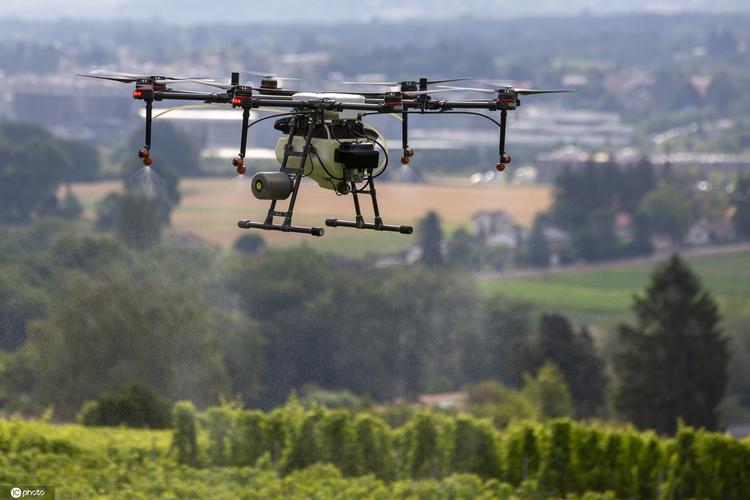Vegetables such as celery and cabbage can be sprayed with water appropriately At noon on November 16th, the weather cleared up in Jingyang District, Deyang City, and the temperature suddenly rose to 20 degrees Celsius. In the Smart Agriculture Innovation Center located in Guihua Village, Xinzhong Town, staff sat in front of computer screens and lightly clicked buttons, causing a white mist to rise in the distant vegetable fields.
This is an application scenario in the first 5G “unmanned” farm in Deyang City. Now we are using technology to grow vegetables, both good and fast! “Compared to the surprise of seeing” farming in the office “for the first time last year, Zhou Shuli, the” old master “of farming in Guihua Village, now prefers to introduce his new experience of growing vegetables to others.
This 5G “unmanned” farm, covering an area of 80 acres, is located in a small mountain ditch in Guihua Village. It is a digital agricultural experimental field jointly built by China Telecom Deyang Branch and the local government last year. By utilizing 5G Internet of Things technology, the farm has achieved fully intelligent agricultural management of “cultivation, management, and harvest”. Here, digital technology is leading agricultural production from skilled farming to “smart” farming.
This is our digital agriculture IoT platform. We have digitally encoded every plot on the farm, allowing for a series of field management without leaving the house. “Xu Wei, the on-site technical director of the Smart Agriculture Innovation Center, introduced while operating the computer. On this platform, we can view the dynamics of the farm, as well as soil moisture, fertility, wind speed, temperature, lighting, through video footage Rainfall and other data.
Coming out of the control room, the reporter arrived at a vegetable field on the farm. Against the backdrop of lush green vegetables, several white metal pillars by the edge of the field stand out. Upon closer inspection, there is a solar panel on top of each pillar, and there is usually a square metal box below the panel with the words “Intelligent Data Collection Box” written on it.
These white pillars can be seen, but there are more invisible sensors underground and inside various equipment on the farm, which are the main players in collecting information. “Xiao Min, Solution Manager of China Telecom Deyang Branch, introduced that the foundation for intelligent management of the farm is the numerous sensors laid out during the construction process, just like the ears, eyes, mouth, and nose of the same person, achieving visual, tactile, auditory The infinite extension of senses such as smell.
Not only fertilization, but also in 5G “unmanned” farms, from land rotary tillage, rice transplanting, to the final harvesting process, all can be completed through the operation of intelligent agricultural machinery and equipment, each performing their respective duties. In addition to requiring some manual labor for vegetable harvesting operations, the farm’s usual field management only requires one or two people to perform intelligent control on a computer or mobile platform, occasionally conducting field inspections, equipment maintenance, and energy supply work.
Taking the operation of plant protection drones as an example, relying on the low latency characteristics of 5G networks can achieve smooth connection between drones and the “brain center” of the Internet of Things platform. For example, when unmanned aerial vehicles need emergency evacuation, commands issued from the control room can be transmitted in a timely manner to avoid damage caused by transmission delay, “Xiao Min said.
Through data analysis, we can make our agricultural production more precise. “The relevant person in charge of the Smart Agriculture Innovation Center introduced that through the establishment of a traceability platform, farms and consumers have achieved peer-to-peer communication. Based on consumer data feedback, market and production strategies can be adjusted in real-time, thereby achieving more precise branding development.







Please sign in to comment
register